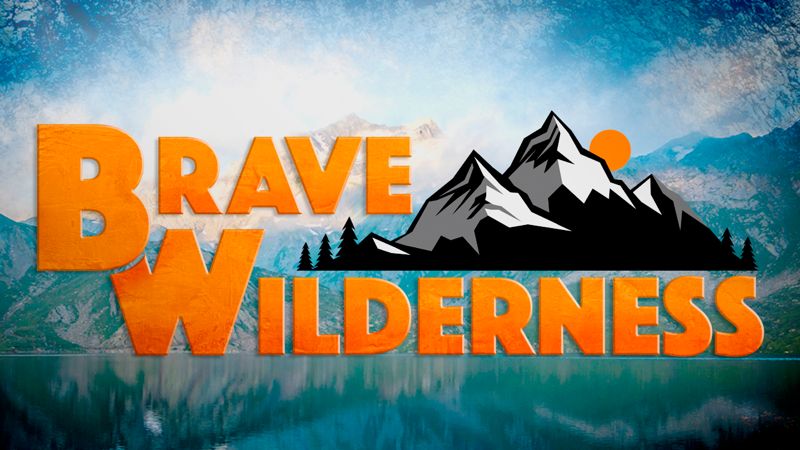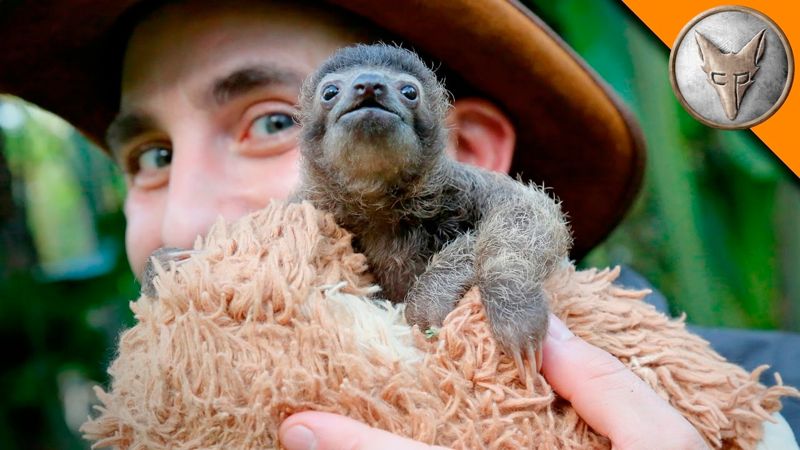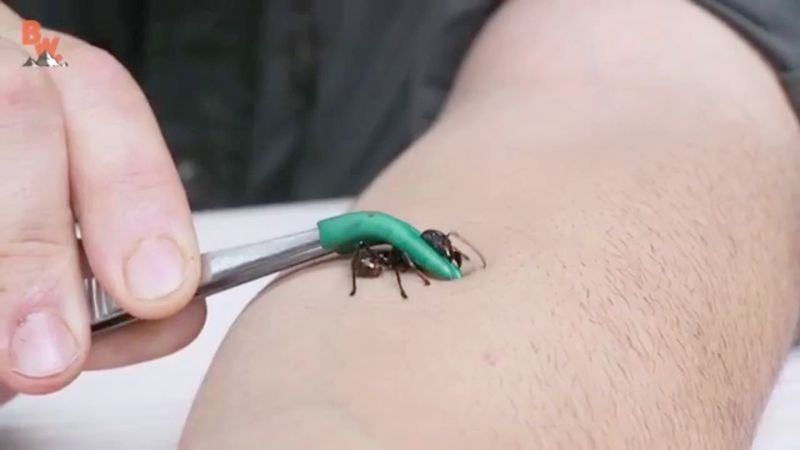We don’t have cable television, so as a family we watch a bit of Netflix, a little Hulu, and a fair amount of shows on YouTube. One of the YouTube channels we really look forward to each week is Brave Wilderness, a nature exploration show hosted by an adventure-seeking naturalist who goes by the handle of Coyote Peterson.

Peterson is an entertaining fellow who’s quite passionate about the animals he finds in their natural habitats. Although he plays to a somewhat young crowd (he refers to his viewers collectively as the “Coyote Pack”), he makes his adventures interesting enough that even teenagers can enjoy the show.
Peterson has a few different themed series under the Brave Wilderness banner including “Beyond the Tide” and “Dragon Tails,” but our favorite is “Breaking Trail.” The show has three seasons (with a fourth coming soon) featuring Peterson enthusiastically introducing his audience to a wide variety of animals, both common and strange, from all over the world. My kids are especially vulnerable to any videos with cute animals, and Peterson delivers on this with shows about baby sloths, baby foxes, baby toucans, and even baby skunks.

Into the Sting Zone
Over the course of the last year, we’ve really been enjoying Peterson’s adventures into what he calls the “sting zone.” And by enjoying, I mean squirming uncomfortably on the couch as Peterson subjects himself to a variety of legendarily painful insect stings.
It started innocently enough in an attempt to learn if harvester ants bite or sting, a question that ended with Peterson suffering through 63 painful and itchy ant stings. Perhaps the results weren’t conclusive enough, because in a later episode, Peterson thrust his hands into a nest full of angry fire ants. He walked away from that second encounter with countless pus-filled stings all over his swollen hands.

Most people would stop there. Well, let’s be honest—most people would have stopped well before that point. But Coyote Peterson isn’t most people. Instead, these encounters set him on a path into the “sting zone,” a quest to experience a variety of powerful and painful insect stings.
He started working his way up the “insect pain index,” experiencing the progressively more powerful stings of the velvet ant (also known as the “cow killer”), which has the longest stinger in the world, and the tarantula hawk, a huge wasp that hunts and kills tarantulas. His goal was to reach that pinnacle of pain—the sting of the bullet ant, thought to be the most painful insect sting on the planet.

The bullet ant is so named because its sting feels like you’ve been shot. If you’re curious if that’s truth or fiction, just watch as Peterson convinces a freshly captured bullet ant to sting him on the arm.
It’s not an easy segment to watch, even for me—and I’ve endured countless honeybee stings in a life of on-again, off-again beekeeping. But if you’re brave enough to see what the sting of a bullet ant can do to a grown man, Coyote Peterson has you covered.
So why does Peterson do this? Is he a glutton for punishment? Perhaps, but Peterson describes it as a visual and audible education as to what happens if you’re unfortunate enough to be stung by one of these insects. I, for one, find it interesting, if only to know that close encounters with these insects are to be avoided at all costs.





Red Imported Fire Ants will not only forage for food (such as small insects, dead animals, and sweet materials such as plant secretions) but will kill insects and small animals to feed .The Southern Fire Ant is attracted to a variety of foods including protein, greases, and sweet foods.
Fire ants favor warm, sunny conditions. They prefer dry fields and avoid shady areas such as woods. Typical mounds can grow up to 61 cm in diameter and 18 cm high. These colonies can contain several hundred thousand ants, including at least one queen.